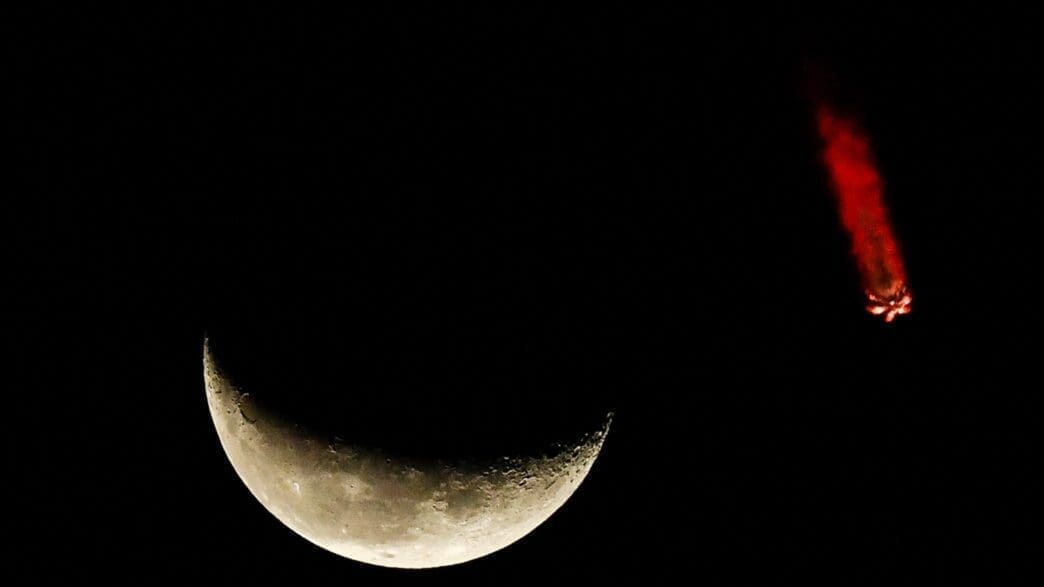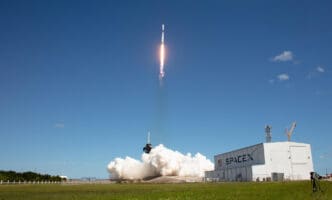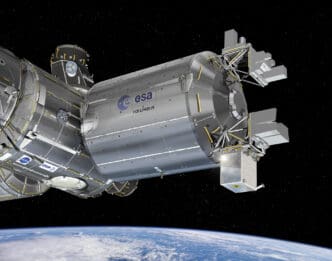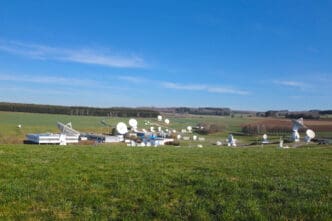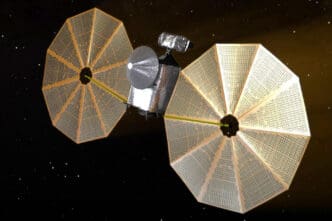Early Monday, a SpaceX Falcon 9 rocket successfully launched from Cape Canaveral Space Force Station, marking the 83rd launch of 2024 from Florida’s Space Coast. This mission, occurring under ideal weather conditions and a tranquil crescent moon, further advanced the deployment of the Starlink satellite network.
The Falcon 9 rocket propelled 23 internet satellites into low-Earth orbit, 12 of which are equipped with direct-to-cell communication capabilities. This enhancement promises improved global connectivity, offering seamless access to texting, voice, and data services. SpaceX officials highlighted this feature shortly before the 5:02 a.m. EST liftoff through a social media update.
This mission was swiftly followed by preparations for a second launch scheduled later that night. The next launch window, identified for the Starlink 6-76 mission, was set to open at 10:31 p.m. and extend until 3:02 a.m. Tuesday from pad 39A at NASA’s Kennedy Space Center. Navigational warnings had been issued to ensure the safety of the upcoming event.
SpaceX’s staggering progress was underscored by a statement from its President of Launch, Kiko Dontchev, who highlighted the accelerated pace of Falcon launches over the past two years. He pointed out that more than half of all Falcon launches have occurred recently, despite the first launch dating back to June 2010. This frequency signifies substantial advancements in SpaceX’s operational efficiency.
Dontchev also remarked on the high number of flights logged by the Falcon 9 boosters, indicating a preference for reusing existing equipment. The booster used in Monday’s launch achieved its 13th flight, having previously supported missions such as Euclid, Axiom-2, and several Starlink missions. This reuse aligns with SpaceX’s strategic approach to cost-effectiveness and resource optimization.
The predawn launch featured favorable conditions, as reported by the Space Force’s 45th Weather Squadron, which estimated a 95% likelihood of suitable weather. Following the separation stage, the Falcon 9’s first-stage booster successfully landed on the SpaceX drone ship Just Read the Instructions in the Atlantic Ocean.
SpaceX’s recent launch represents a continued commitment to expanding global internet coverage and demonstrates significant progress in aerospace technology and operations. With the ability to reuse boosters and an increasing frequency of launches, SpaceX is setting new benchmarks in efficiency and connectivity.
Source: News-journalonline


